Zach W takes us through a brief overview of how humans have manipulated cannabis over time for a variety of different uses.

The following is an article produced by a contributing author. Growers Network does not endorse nor evaluate the claims of our contributors, nor do they influence our editorial process. We thank our contributors for their time and effort so we can continue our exclusive Growers Spotlight service.
It’s hard not to wonder how humans took Cannabis from a handful of different cultivars when we first started farming to almost 3,000 unique strains today. Many modern strains started when growers selectively bred for plants with unique traits and cannabinoid levels. But how did we get here?
Let’s start with the history. Many cannabis users are familiar with the three “types” cannabis: Sativa, Indica, and Hybrid. These “types” describe 2 potential subspecies of the Cannabis species or genus, and the “hybrid” is a cross between them. A fourth “type” is known as Ruderalis, commonly recognized for its autoflowering traits.
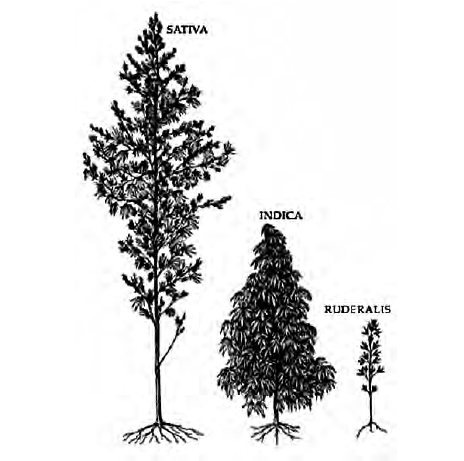
Now the big question is how we get from point A to point B. Let’s take a look at a few practical examples to find out:
Jack Herer is a sativa-dominant, hybrid strain. Jack Herer was produced by crossing Northern Lights, Haze, and Shiva Skunk (or a similar skunk phenotype). This brought out the best traits in those three strains, creating a super strain, so to speak.
Another example is the Blueberry strain. It’s known for its blueberry taste, and it’s an indica. If you cross it with Haze, you get Blue Dream, or substitute haze for Girl Scout Cookies, and you get Blue Cookies, a highly resinous strain not intended for the light consumers. Both Blueberry and Haze are known for being basic strains that are generally used to cross with other strains.
By selectively and carefully crossbreeding different strains, one can bring forth the best characteristics of any given set of strains.
And science is evolving. As humans have bred these different types, we noticed that different varieties have different uses and effects. Recent research has shown that THC and CBD are not the only two components of a marijuana plant. There are over 250 unique cannabinoids in the plant such as THC-A, THC-V, CBN, and more. Many of these cannabinoids don’t yet have a known purpose, but some have shown efficacy for medical purposes such as cell regrowth.
We should also discuss the value of terpenes in Cannabis as well. Terpenes are compounds that are the fragrant oils in many plants, not just Cannabis. Medical research suggests that terpenes have an “entourage effect” on the cannabis, providing additional medical benefits such as anxiety reduction, depression inhibition, inflammation reduction, and more.
Related Article: And, as time goes on, we can even use genetic research to determine best breeding practices, using Marker-Assisted Selection.
So why do breeders mix strains together to create these super strains? The answer could be as simple as sheer boredom to as complicated as wanting a medically potent strain to help others. All answers are correct.
In a market that creates new strains every week, it behooves breeders to keep experimenting to stay in the market. The cannabis strain list will continue to grow, as even dispensaries are looking to create their own in house “Custom” strains. What strains do you love? Let us know in the comments.
10 Best Gift Ideas for Cannabis Connoisseurs and Growing Aficionados (2022)
December 7, 2022Developing and Optimizing a Cannabis Cultivation System
December 14, 2021Dealing with Insomnia: How Can CBD Help?
December 10, 2020Your Guide to Sleep and CBD
December 7, 2020
Do you want to receive the next Grower's Spotlight as soon as it's available? Sign up below!
Resources:
Want to get in touch with Zach? He can be reached via the following methods:
- Email: woozac18@gmail.com

Do you have any questions or comments?

About the Author
I am a writer, cannabis connoisseur, and up and coming dispensary owner. I find peace listening to music, writing and enjoying nature. My biggest goal is to help spread the word of cannabis benefits and to help change the world.
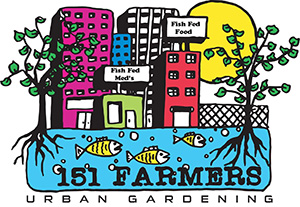
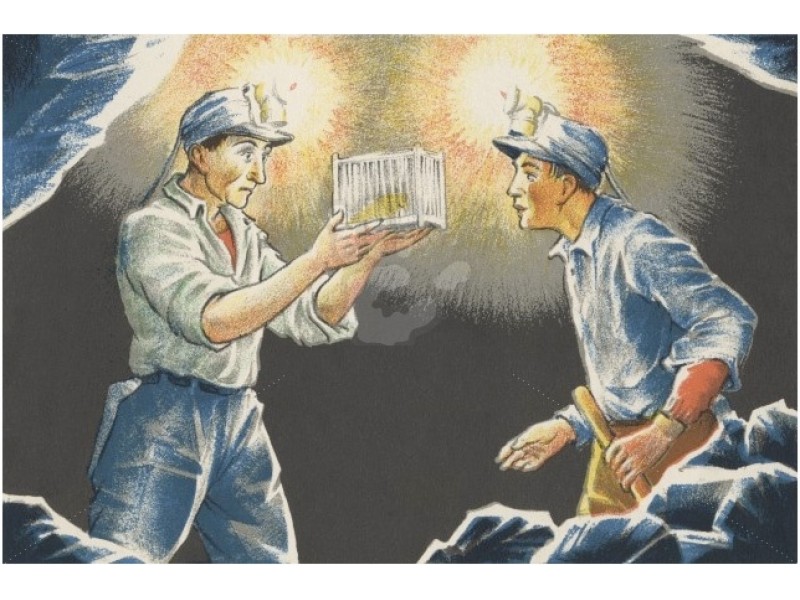
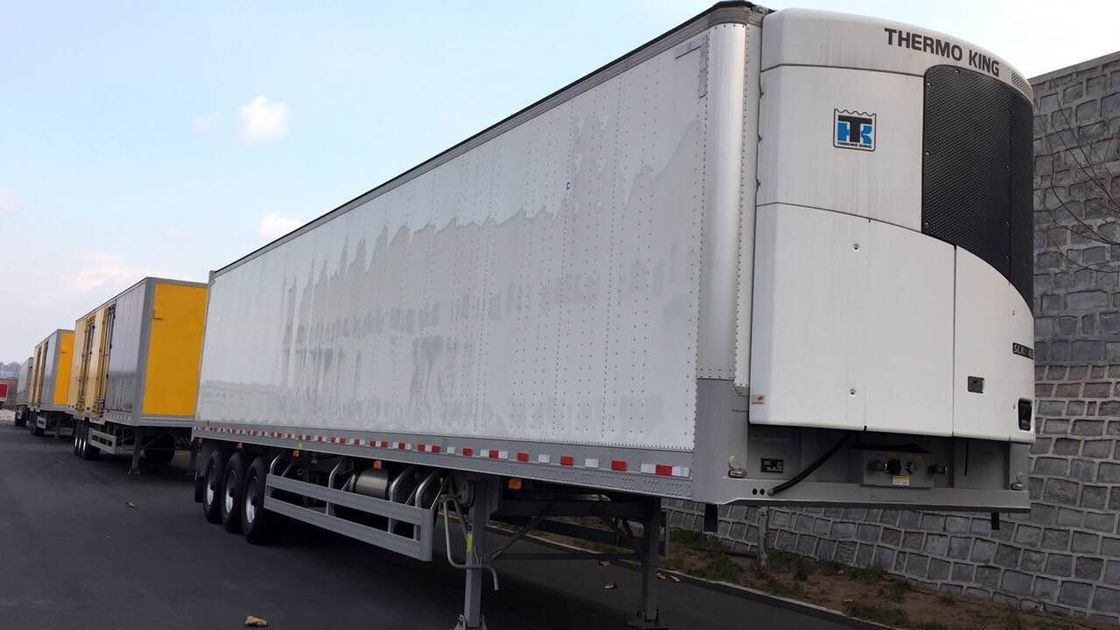

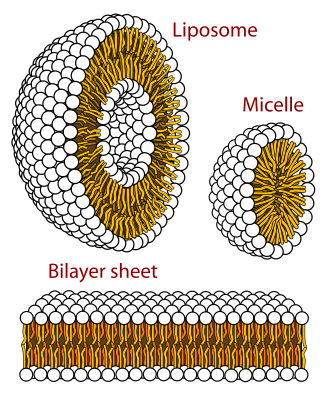
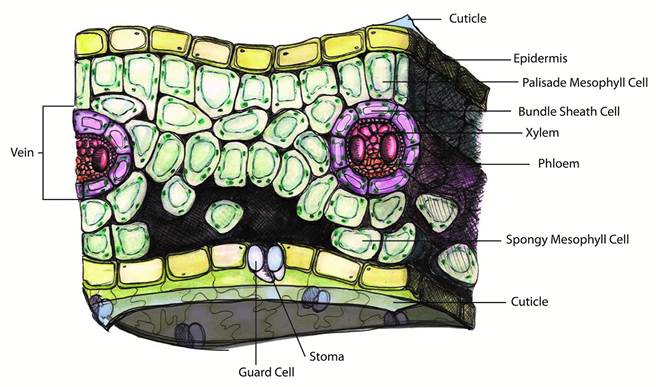


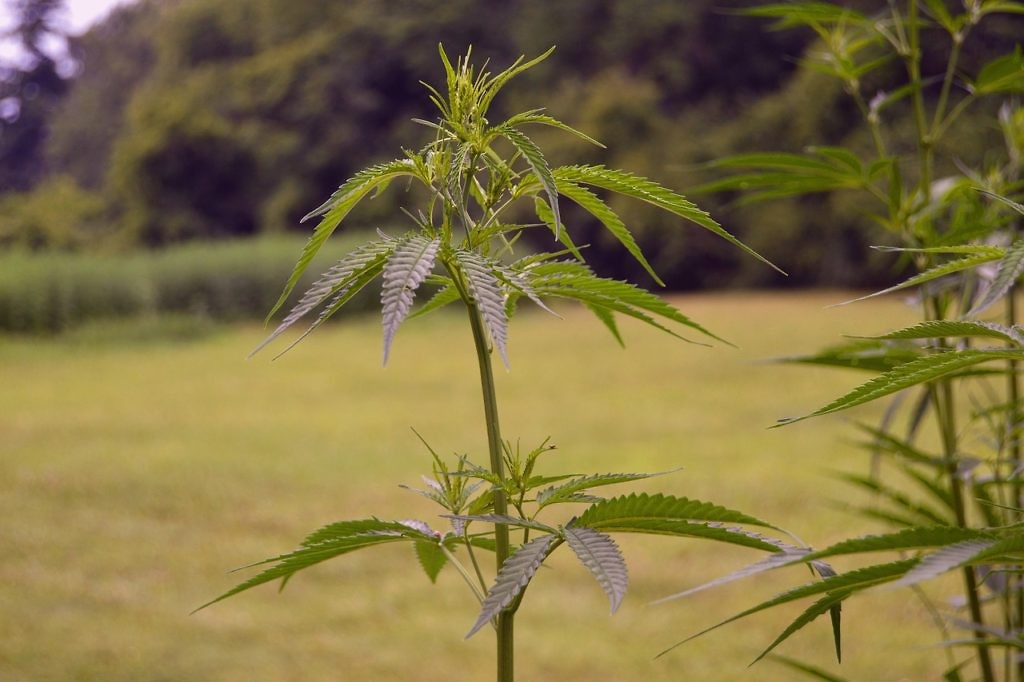








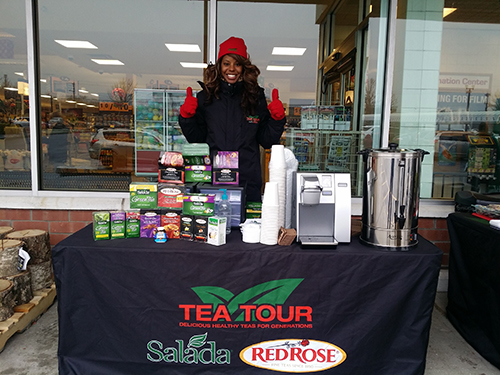



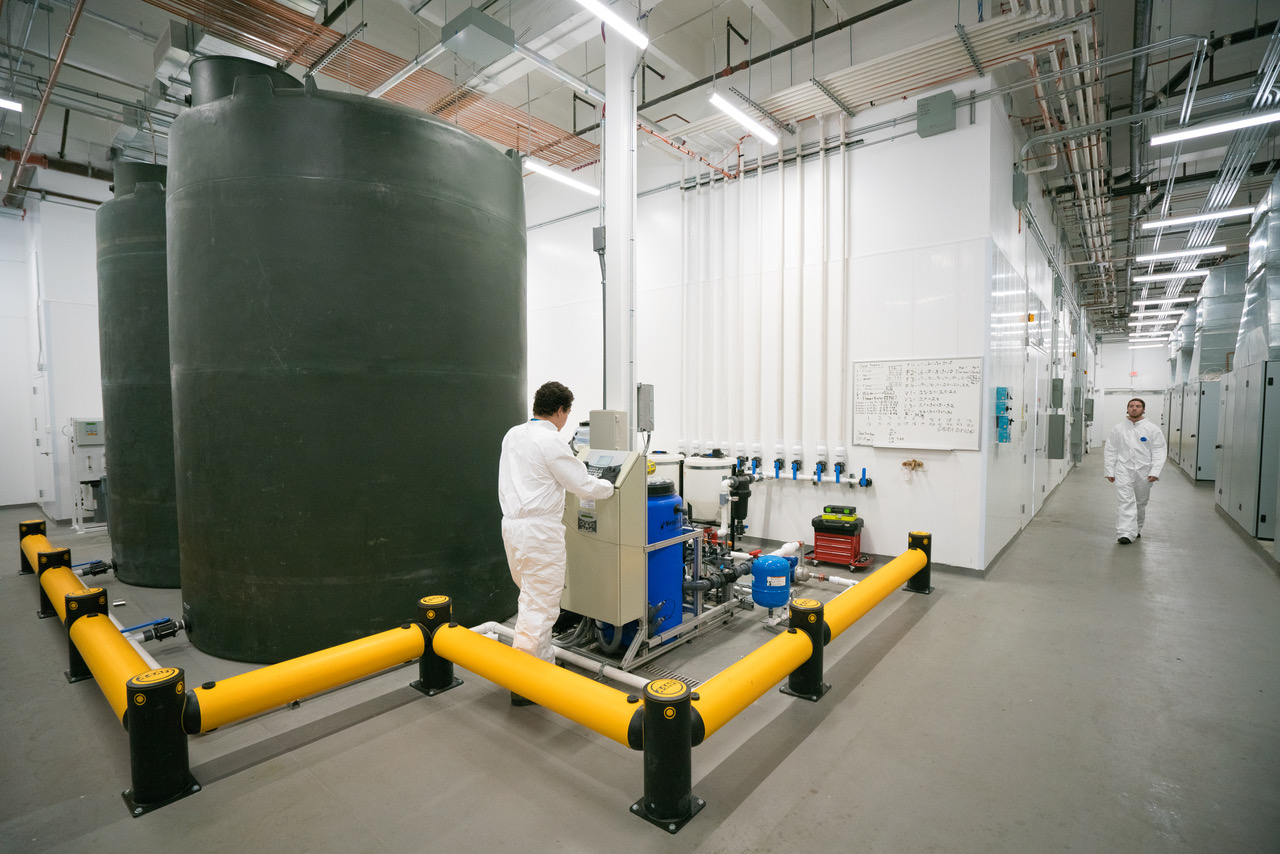
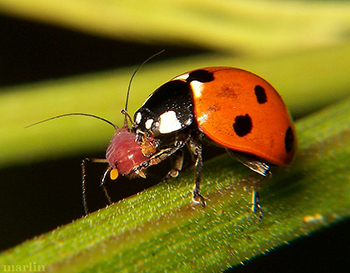 Lady Beetle eating an aphid.
Lady Beetle eating an aphid.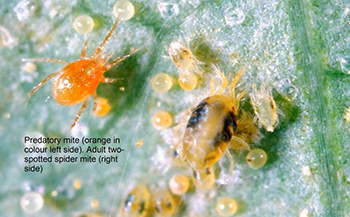 Predatory Mite near a spider mite.
Predatory Mite near a spider mite.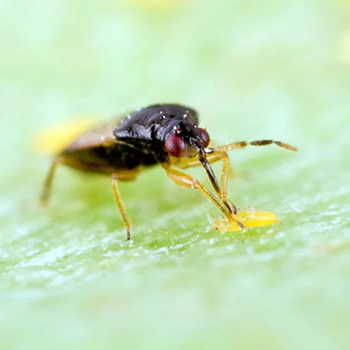 Minute Pirate Bug
Minute Pirate Bug 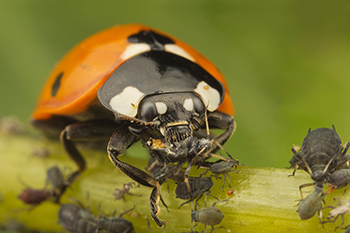 Lady Beetle shoveling more aphids into its mouth.
Lady Beetle shoveling more aphids into its mouth.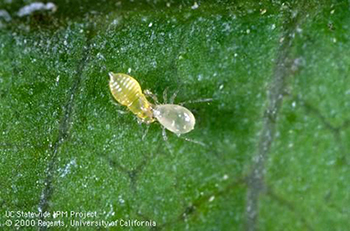 Predatory Mite attacking a thrip.
Predatory Mite attacking a thrip.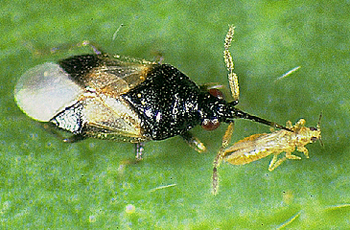 Minute Pirate Bug eating another insect (Top-Down View).
Minute Pirate Bug eating another insect (Top-Down View). You too could be the proud owner of a Tyvek suit from the '90s.
You too could be the proud owner of a Tyvek suit from the '90s.







